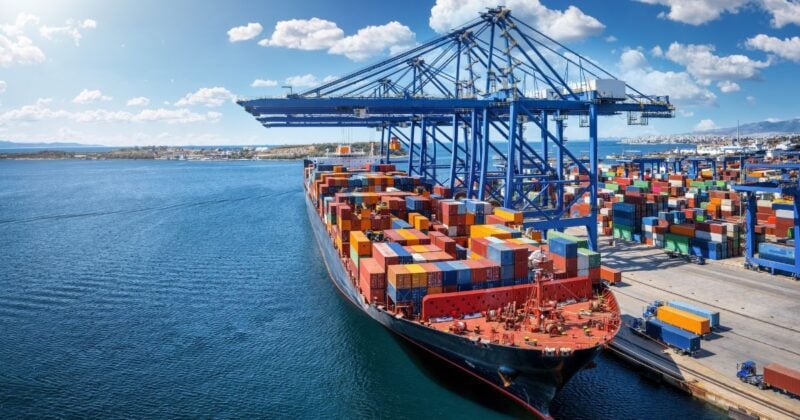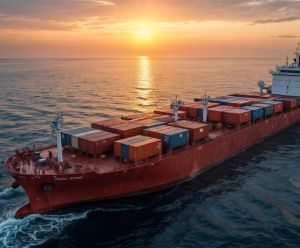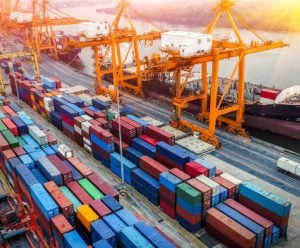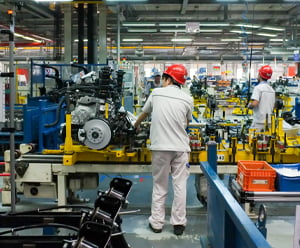
Asia Pacific maintains its edge in the supply chain shake-up

Amid escalating global trade tensions and the volatile tariff situation, businesses might see a silver lining in the Asia Pacific region as the international trade landscape is being reshaped.
In a recent podcast with The Business Times, Javier Bilbao, CEO, DHL Supply Chain Asia Pacific, offers insights on how supply chain resilience is the key to navigating the current tariff turmoil. As tariffs are now forcing sourcing decisions, which had been stable for years, Bilbao points to the automotive industry’s response to the Ukraine war as an example of supply chain reassessment. “Suddenly, you’re adding an extra dimension to how you calculate your total cost,” he noted, explaining that companies are reducing reliance on single sources and relocating parts of their supply chains to avoid heavy tariffs on countries like China.
Despite the challenges posed by tariffs, global trade is still resilient. “And I am paraphrasing some of my colleagues, trade is like water. You can try to block it from one side, but then it will find its way somewhere else,” said Bilbao.
Despite initial fears of a global trade slowdown, there is a light of optimism for the Asia-Pacific region. The logistics industry stalwart underscores Singapore’s stability amid trade wars, calling it “a safe space” for businesses to relocate stock and manage supply chains. Furthermore, growth prospects in regional trade hubs, such as India, Vietnam, Indonesia, and the Philippines, continue to attract investment despite geopolitical uncertainties. DHL aims to capitalize on this growth, targeting a 50 percent revenue increase by 2030, driven largely by Asia’s expanding trade landscape.
But make no mistake, the complexity behind tariffs’ impact on pricing is multi-faceted. Using the iPhone as an example, Bilbao notes that its components come from various countries — semiconductors from Taiwan, cameras from Japan, rare earths from China, and the final product’s country of origin — determines tariff application. "If you put a 10 percent tariff in one step of the chain, it can ripple and become 15 percent or 18 percent," he said, emphasizing the uncertainty companies face in adapting to these changes.
Despite the uncertainty and short-term disruptions introduced by tariffs, trade remains resilient, with Singapore and the broader Asia Pacific region poised to benefit from shifting global dynamics.
ALSO WORTH READING











 English
English